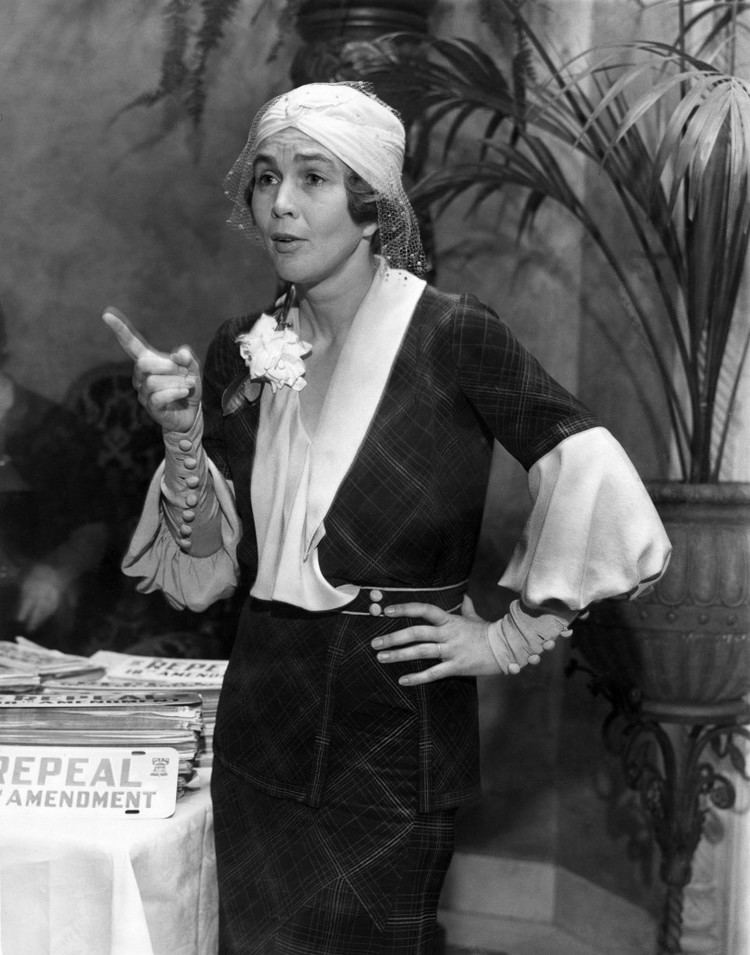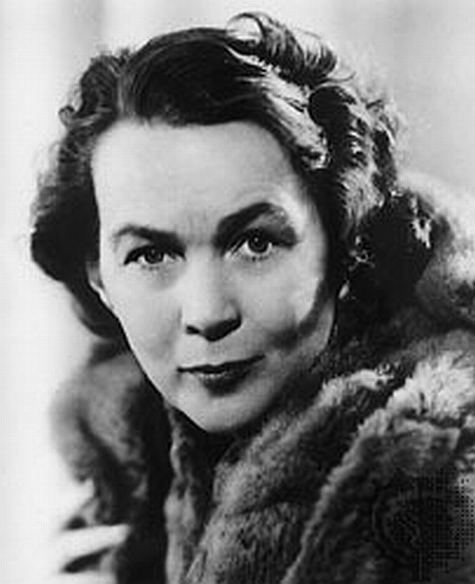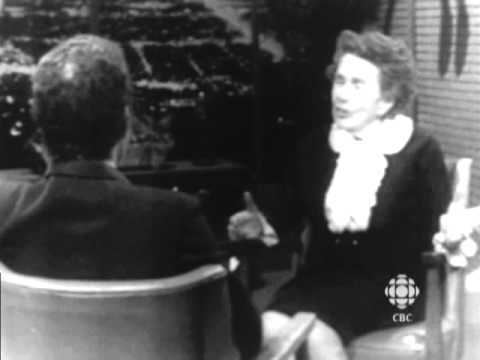Nationality American Name Adela St. Children 4 | Years active 1912–1982 Role Journalist | |
 | ||
Full Name Adela Nora Rogers Resting place Forest Lawn Memorial Park, Glendale Occupation Journalist, novelist, screenwriter Books The honeycomb, Love, laughter, and tears, How to write a story and sell it Spouse Francis P. O'Toole (m. 1936–1942), Dick Irving Hyland (m. 1928–1934), Ivan St. Johns (m. 1914–1927) Movies A Free Soul, What Price Hollywood?, The Red Kimono, Government Girl, Lady of the Night Similar People Earl Rogers, Jane Murfin, Willard Mack, Dorothy Davenport, Gene Fowler | ||
Retrobites adela rogers st johns on valentino 1970
Adela Nora Rogers St. Johns (May 20, 1894 – August 10, 1988) was an American journalist, novelist, and screenwriter. She wrote a number of screenplays for silent movies but is best remembered for her groundbreaking exploits as "The World's Greatest Girl Reporter" during the 1920s and 1930s and her celebrity interviews for Photoplay magazine.
Contents
- Retrobites adela rogers st johns on valentino 1970
- Adela Rogers St Johns Talks Clark Gable
- Early life
- Career
- Later years
- Personal life
- Death
- Acting
- Teleplays
- References

Adela Rogers St. Johns Talks Clark Gable
Early life

St. Johns was born in Los Angeles, the only daughter of Los Angeles criminal lawyer Earl Rogers (who was a friend of publishing magnate William Randolph Hearst) and his wife Harriet Belle Greene. She attended Hollywood High School, graduating in 1910.
Career
She obtained her first job in 1912 working as a reporter for Hearst's San Francisco Examiner. She reported on crime, politics, society, and sports news before transferring to the Los Angeles Herald in 1913. After seeing her work for that newspaper, James R. Quirk offered her a job writing for his new fan magazine Photoplay. St. Johns accepted the job so she could spend more time with her husband and children. Her celebrity interviews helped the magazine become a success through her numerous revealing interviews with Hollywood film stars. She also wrote short stories for Cosmopolitan, The Saturday Evening Post, and other magazines and finished nine of her thirteen screenplays before returning to reporting for Hearst newspapers.
Writing in a distinctive, emotional style, St. Johns reported on, among other subjects, the controversial Jack Dempsey–Gene Tunney "long-count" fight in 1927, the treatment of the poor during the Great Depression, and the 1935 trial of Bruno Richard Hauptmann for kidnapping and murdering the son of Charles Lindbergh. In the mid-1930s, she moved to Washington, D.C., to report on national politics for the Washington Herald. There she became prominent among a group of female reporters working for Cissy Patterson. Her coverage of the assassination of Senator Huey Long in 1935, the abdication of King Edward VIII in 1936, the Democratic National Convention of 1940, and other major stories made her one of the best-known reporters of the day. St. Johns again left newspaper work in 1948 in order to write books, and to teach journalism at UCLA.
In 1962, she published Final Verdict, a biography of her father Earl Rogers. The book was adapted for a TNT television film of the same name in 1991; Olivia Burnette portrayed the young St. Johns.
Later years
St. Johns was awarded the Presidential Medal of Freedom on April 22, 1970.
During the late 1960s and 1970s, St. Johns was a frequent guest on various talk shows including Jack Paar's The Tonight Show and The Merv Griffin Show. During one Tonight Show visit, Paar noted that St. Johns had known many of the legends of Hollywood's Golden Age and was once rumored to have had Clark Gable's child. St. Johns replied, "Well who wouldn't have wanted to have Clark Gable's baby?" Paar then noted that St. Johns had enjoyed a rather incredible life and asked if there was anything she wanted to do that she had not yet done. St. Johns replied, "I just want to live long enough to see how it all turns out."
In 1976, at the age of 82, she returned to reporting for the Examiner to cover the bank robbery and conspiracy trial of Patty Hearst, granddaughter of her former employer. In the late 1970s, St. Johns hosted a miniseries chronicling Gable's films, which appeared on Iowa Public Television. Around the same time she was interviewed for the television documentary series Hollywood: A Celebration of the American Silent Film (1980). The following year, St. Johns appeared with other early twentieth-century figures as one of the 'witnesses' in Warren Beatty's Reds (1981). St. Johns spent her remaining years living in Arroyo Grande, California.
Personal life
St. Johns was married three times and had four children. Her first marriage was to Los Angeles Herald chief copy editor William Ivan St. Johns, whom she married in 1914. They had two children, Elaine and William Ivan, Jr. before divorcing in 1927. The following year, she married one-time Stanford University football star Richard Hyland. They had one son, Richard, and divorced in 1934. St. Johns' third marriage was to F. Patrick O'Toole, an airline executive. They married in 1936 and divorced in October 1942. After her third divorce, St. Johns adopted a son as a single parent.
Death
On August 10, 1988, St. Johns died at the South County Convalescent Hospital in Arroyo Grande, California at the age of 94. She is buried at Forest Lawn Memorial Park in Glendale, California.
